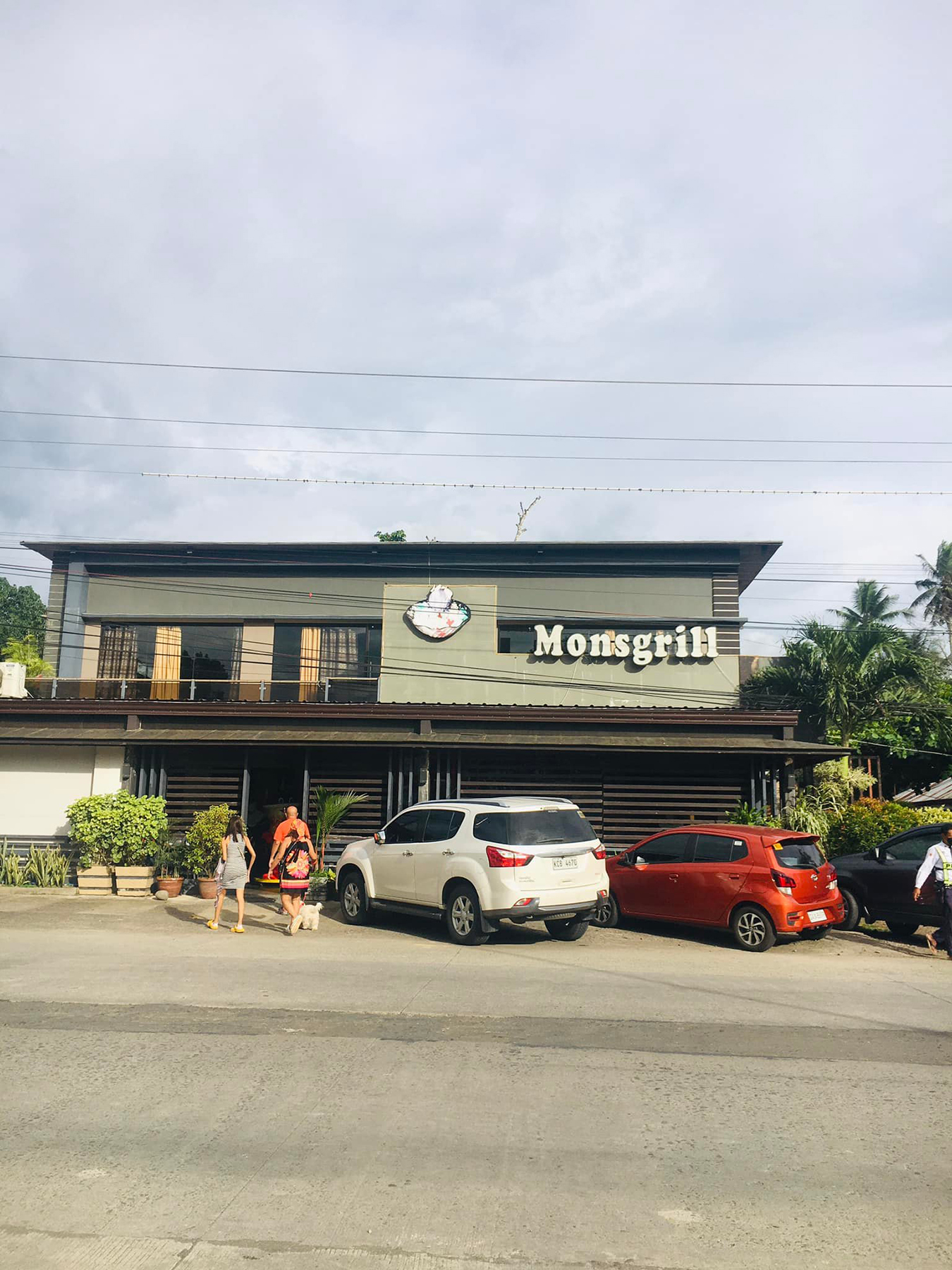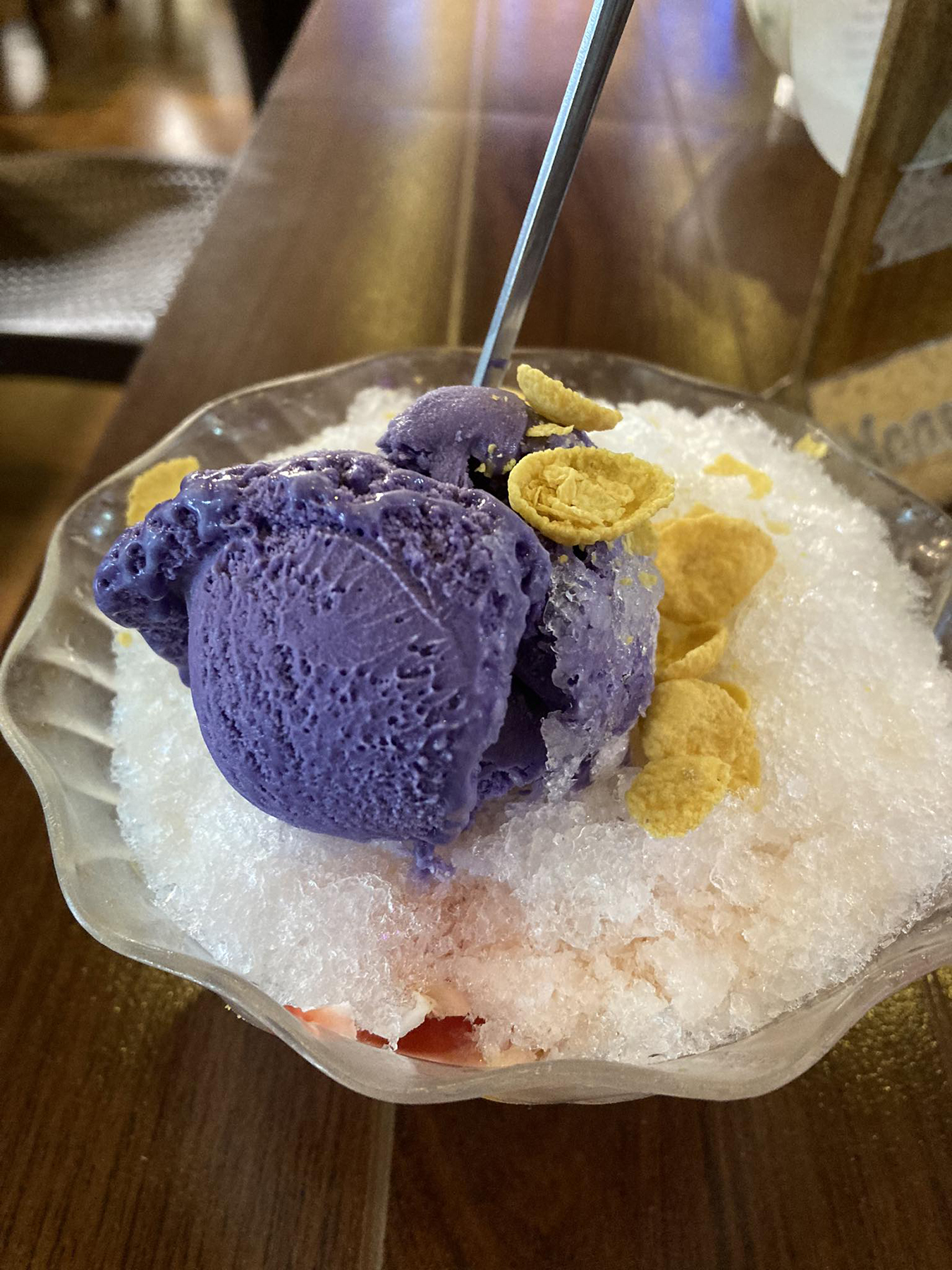Halo-halo worth driving for
Sweet bliss tucked away in the middle of Zamboanga del Sur
By Poch Eulalia
At A Glance
- You can always count on halo-halo to beat the heat.
How far are you willing to go for dessert?

Down in Zamboanga del Sur, Mindanao, plenty of folks from neighboring areas like Dipolog and Pagadian City make their way past zig-zag roads and a hilly terrain to get their icy fix in the municipality of Mahayag. Their desired destination is Mon’s Grill, a restaurant that started as a simple stall selling grilled pork and chicken in 2013. But what would eventually become a fan favorite of local Zamboangueños would be its halo-halo.
In a cup large enough to take up an entire hand, its servings are abundant. Although at first sight, it appears to be just a huge serving of crushed ice topped with some ube and cornflakes, one scoop of the icy treat proves otherwise. Just one bite sends an abundance of flavors that mix together well in the mouth. Indulge in a sweetness overload brought by the leche flan, sweet garbanzos, and ube. The crunch of the cornflakes and shaved ice add a bit of excitement to the dish as well. Without a doubt, there’s a good reason many claim Mon’s Grill serves the best halo-halo.

Halo-halo, for those uninitiated, is an icy treat that dates as far back as the start of the 20th century. Most historians trace its roots to the opening of the Insular Ice Plant at Ermita, Manila by the Americans in 1902. It gave nearby residents and businesses easy access to ice. Among those were a number of Japanese immigrants.
As written by food historian Felice Prudente Sta. Maria in her book, The Governor-General’s Kitchen: Philippine Culinary Vignettes and Period Recipes 1521-1935, the Japanese used this easily accessible ice to bring over a favorite snack from back home, mitsumame. Mitsumame, which translates to “many beans,” mostly consisting of shaved ice and red beans. It was often sold as mongo con hielo, as inspired by the Spanish-inspired dessert mais con yelo. Meanwhile, historian Ambeth Ocampo argues that halo-halo is inspired by a different Japanese dessert dish, kakigori. Literally translating to “shaved ice,” kakigori is a sweet treat that consists of shaved ice sweetened by a generous serving of condensed milk. Similar to mitsumame, Japanese immigrants arriving pre-World War II were the ones who popularized the snack here. Locally it would be sold as mong-ya and later iterations of the snack had the addition of monggo (mung beans), red beans, and kidney beans to add more flavor.
Fast forward to today, halo-halo has since become a staple of Filipino dessert dishes. You can always count on halo-halo to beat the heat. It even garnered international acclaim after the late celebrity chef Anthony Bourdain tried it out in a Los Angeles branch of Jollibee and spoke highly of it by calling it, “oddly beautiful.”